Building a Place of Attention
Matt Konrad profiles rosenlof/lucas (ROLU, for short), an art and design studio who've become known for the "superhybridity" of their practice, including landscape design and furniture creations, conceptual art projects and an internationally read blog.
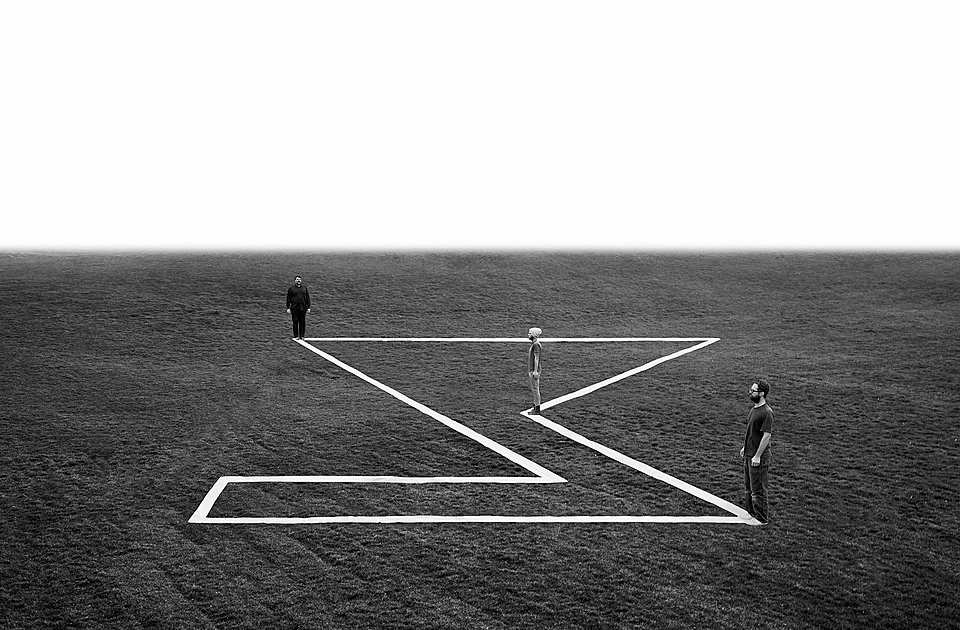
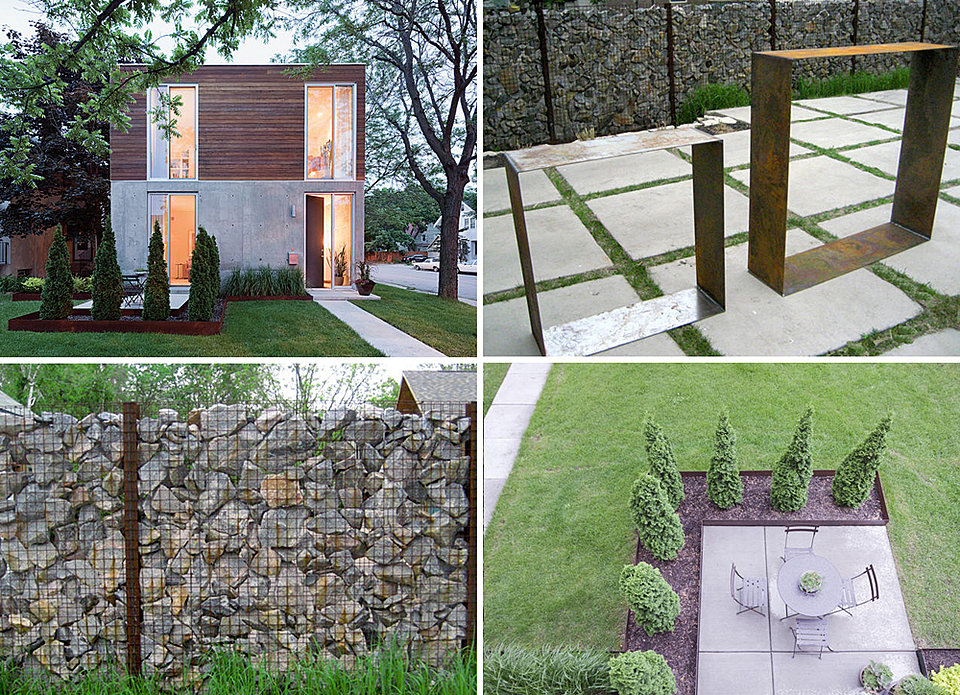
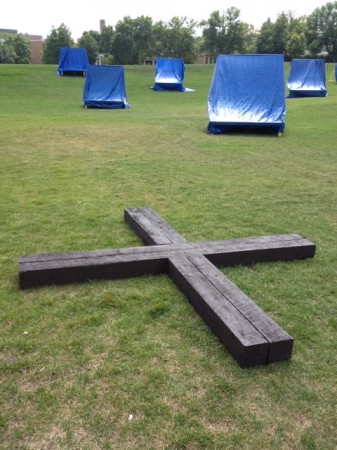
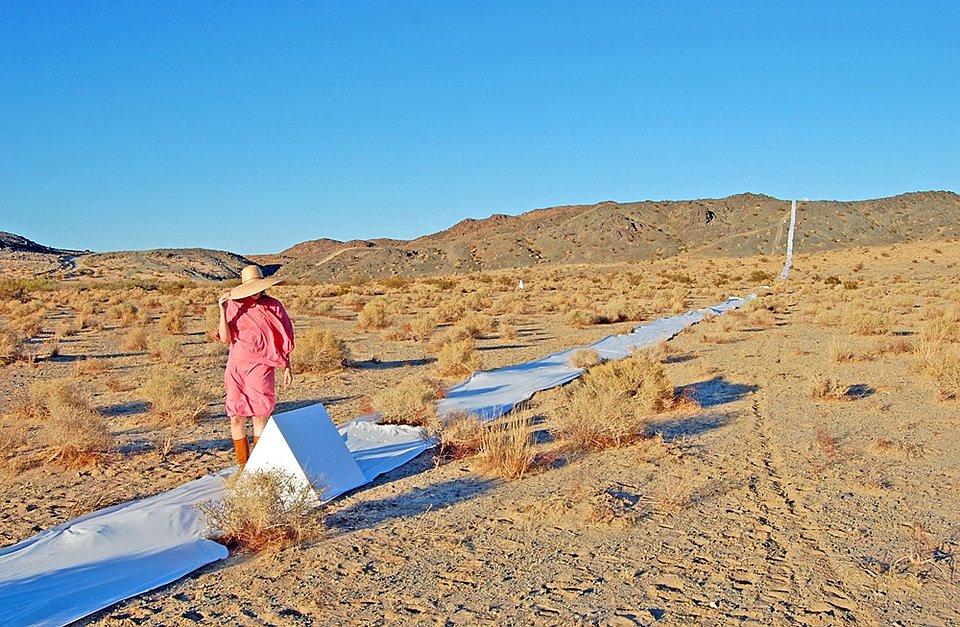
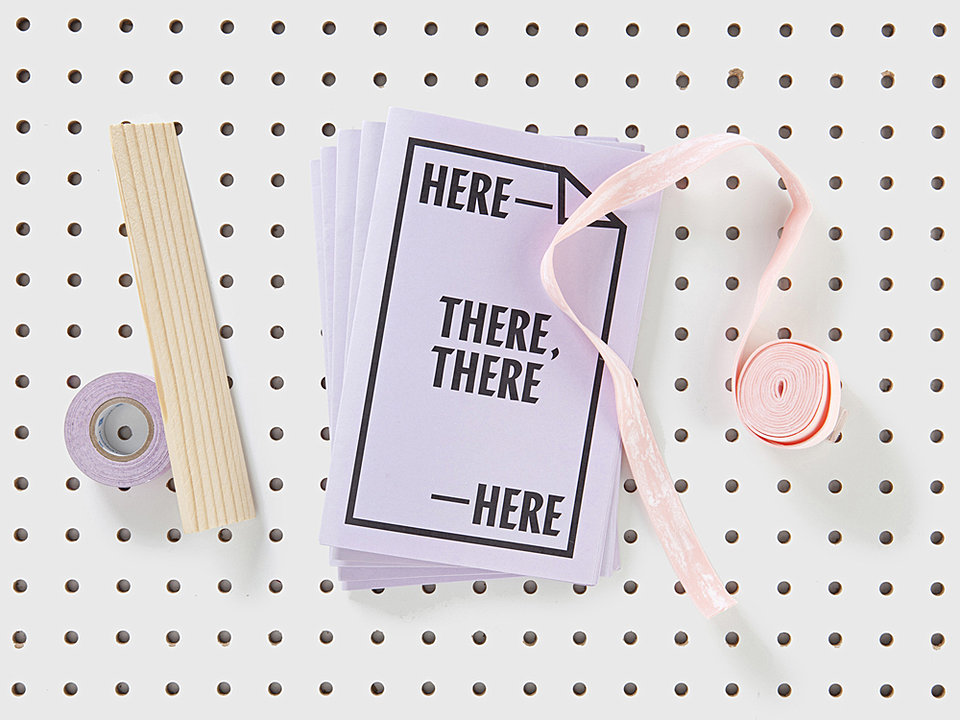
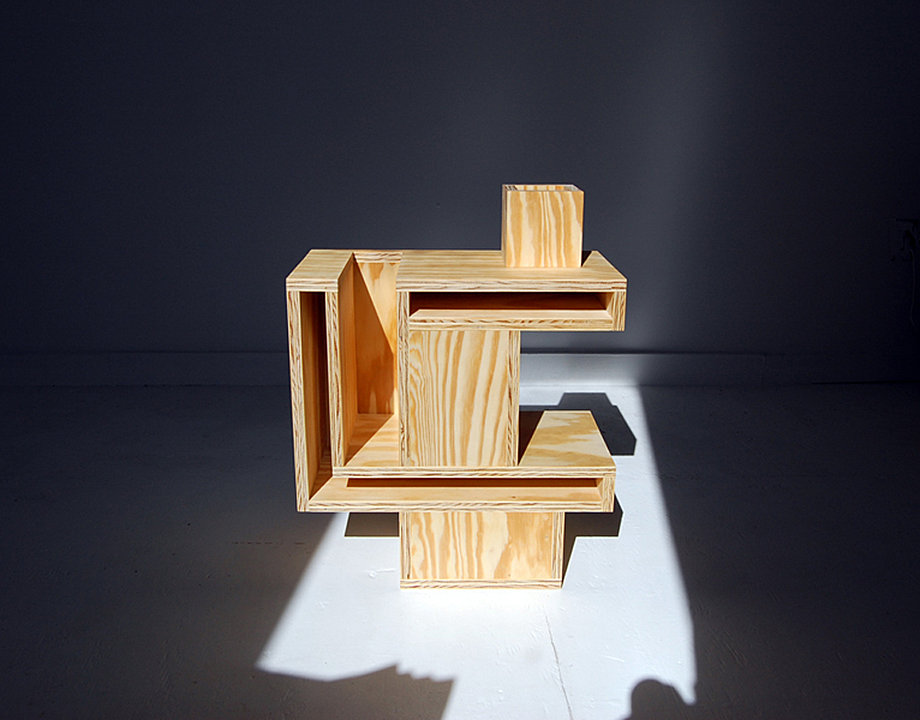
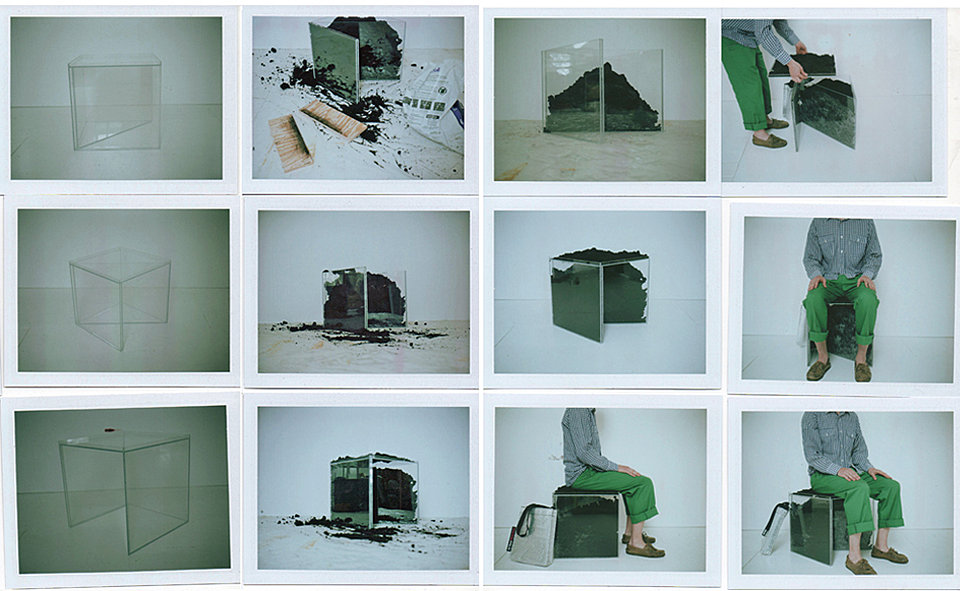
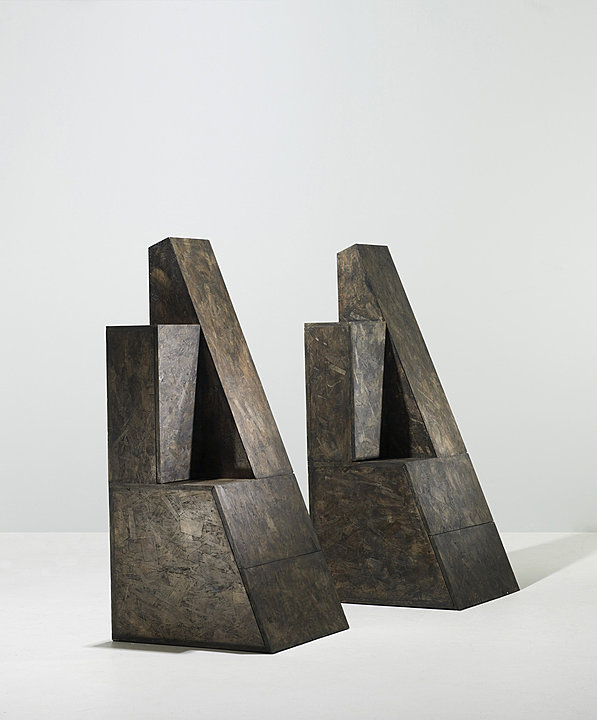
MINNESOTA’S BARELY PRECEDENTED, MONTH-LONG HEATWAVE has wreaked havoc on plenty of cherished summer traditions in 2012. Barbecues are losing out to take-out, lawns are browned and gardens wilting, and al fresco gatherings are migrating to the most air-conditioned-possible rooms.
And so, on first blush, you might think it’s a less than ideal time to be a landscape-focused design studio setting up a two-week outdoor residency. But rosenlof/lucas design (ROLU, for short) has made a business out of pushing boundaries and facing challenges, and even brain-melting heat and frantic contingency preparations aren’t enough to keep the nine-year old Minneapolis studio from exploring the intersections between concepts, objects, ideas and creation on the Walker Art Center’s Open Field.
Which is not to say they’re entirely unaffected. When I talk to ROLU co-founder Matt Olson, he’s taking a brief air-conditioned respite from building the outdoor galleries and stage they’ll be using during their residency on the Field; he’s also in the thick of preparations to be part of a group show in a repurposed 15th-century Dutch church. He tells me that, despite the ocean in between the two exhibitions, both these projects speak pretty directly to one of the driving ideas behind ROLU.
“There are different approaches to the [Dutch] show, and it has some things in common with Open Field,” Olson says. “They’re [both] about meeting an audience in the middle, establishing a dialogue and creating a space that isn’t just a white cube.”
Breaking out of the “white cube”—the critically approved, traditional, often calcified space where contemporary art tends to live—is a central tenet of ROLU’s work, and it befits a studio that formed mostly out of a chance confluence of interests. A musician active in the hotbed of mid-1990s Minneapolis, Olson slowly found his more visual and conceptual interests coming to the fore, though he says his change in media wasn’t necessarily a change in mindset.
“I was turning the corner and it just happened; it wasn’t conscious. I don’t think the behavior at the heart of writing music is that different from what we’re doing now,” he says. “[ROLU] started just by chance, really. It was a landscape project that I agreed to help [co-founder] Mike [Brady] with. Neither one of us had any intention of doing anything beyond that, but it took on its own life.”
That first landscape project has led to nearly a decade of collaboration; in addition to Olson and Brady, ROLU now also comprises Sammie Warren and intern Claudette Gacutti. And the studio, while still doing award-winning landscape work for clients, has branched out in any number of directions: furniture, conceptual projects, Earth Art collaborations and more. “We were really interested in the Eames office, not necessarily the specific objects, but the way they were involved in a lot of different things,” Olson says. “Collaboration has led us to a lot of different places; when strange opportunities come up, [we try and remember that] if you trust that your life is unfolding as it should, it does.”
______________________________________________________
“To me, it’s about living ideas that are accessible at different points. I think there should be an opportunity for everyone to approach [art] without intimidation by the critical vernacular.”
______________________________________________________
One of the unexpected directions in which ROLU’s work has unfolded is on the Internet, where their blog is not only an enlightening daily detour, but a key part of their overarching project. On the surface, this seems about as unlikely as opening shows in Minneapolis and the Hague in the same week; after all, the tangible, built projects of ROLU’s landscape and furniture work seem like polar opposites of the Internet’s digital ephemera.
But, as Olson says, the network encourages a “superhybridity” of practice, in which objects and photographs and text and ideas all come together in previously unseen ways. “Art and design and those cultural things aren’t really supposed to be held to the conventions and hierarchy of the market, [and] the Internet has really flattened [that hierarchy] out,” he says. “That creates connections that might not connect in an academic or institutional situation.”
For ROLU, those “connections” have taken about as many forms as their finished objects: their blog posts range from documentation to project inspiration to highlights from friends and colleagues across the world; on the web, they’ve kick-started conversations and created audience-to-artist-to-partner collaborations such as the Scattered Light project. As Olson sees it, the studio’s online work is of a piece with their offline efforts to bring artistic conversations into new contexts.
“To me, it’s about living ideas that are accessible at different points. When I was 20 and really interested in contemporary art, I was intimidated by the critical vernacular,” he says, hearkening back to the infamous white cube. “I think it’s fine that there’s a critical world, but I think there should also be an opportunity for everyone to approach [art] without fear.”
A number of ROLU’s 25 collaborators for the Open Field residency are also connected to the studio online, and will be participating via Skype—a long-distance conversation that’s very much by design. “Our attention is a place, in a sense; when we’re texting with our friends on the phone, we’re with them,” Olson explains. “We’re curious about these friendships that feel very deep and joyous, and, really, this is just about opening up a dialogue with the Walker, with our friends, and with the public.”
That dialogue is happening in five major areas during the Open Field residency. And those five areas (each a different way of considering and recontextualizing the Walker’s canonical collection) come together to make a pretty good mission statement for ROLU’s work as a whole: Attention as Place; Learning as Sculpture; Doing as Seeing; Participation as Performance; and Making as Thinking. Conceptually speaking, it’s a lot to explore in two sweltering Minnesota weeks, but big ideas, vastly varied media, and challenging conversations continue to be the everyday heart of the studio.
“The artist Richard Artschweger had an epiphany that ‘everything matters.’ It’s kind of a Zen point of view, and it’s been really important to us,” Olson tells me. And summing up his hope for the residency, he’s equally Zen. “We don’t know what’s going to happen, we don’t really want to, and we trust that. That’s the job—to stay in a speculative place.”
______________________________________________________
Related links and information:
ROLU’s Open Field residency, “When Does Something Become Something Else? The Apparent is the Bridge to the Real,” at the Walker runs from July 17 – 29. There are events happening every day, but Thursday nights, in particular, offer a number of interactive programs.
Find a detailed schedule of events on the Open Field website >>
Browse through the ROLU blog >>
Visit the official rosenlof/lucas studio website >>
______________________________________________________
About the author: Matt Konrad writes, builds websites and mixes drinks in Minneapolis. He is the host of Overproof Radio, a biweekly podcast of Jamaican music at overproof.podomatic.com.